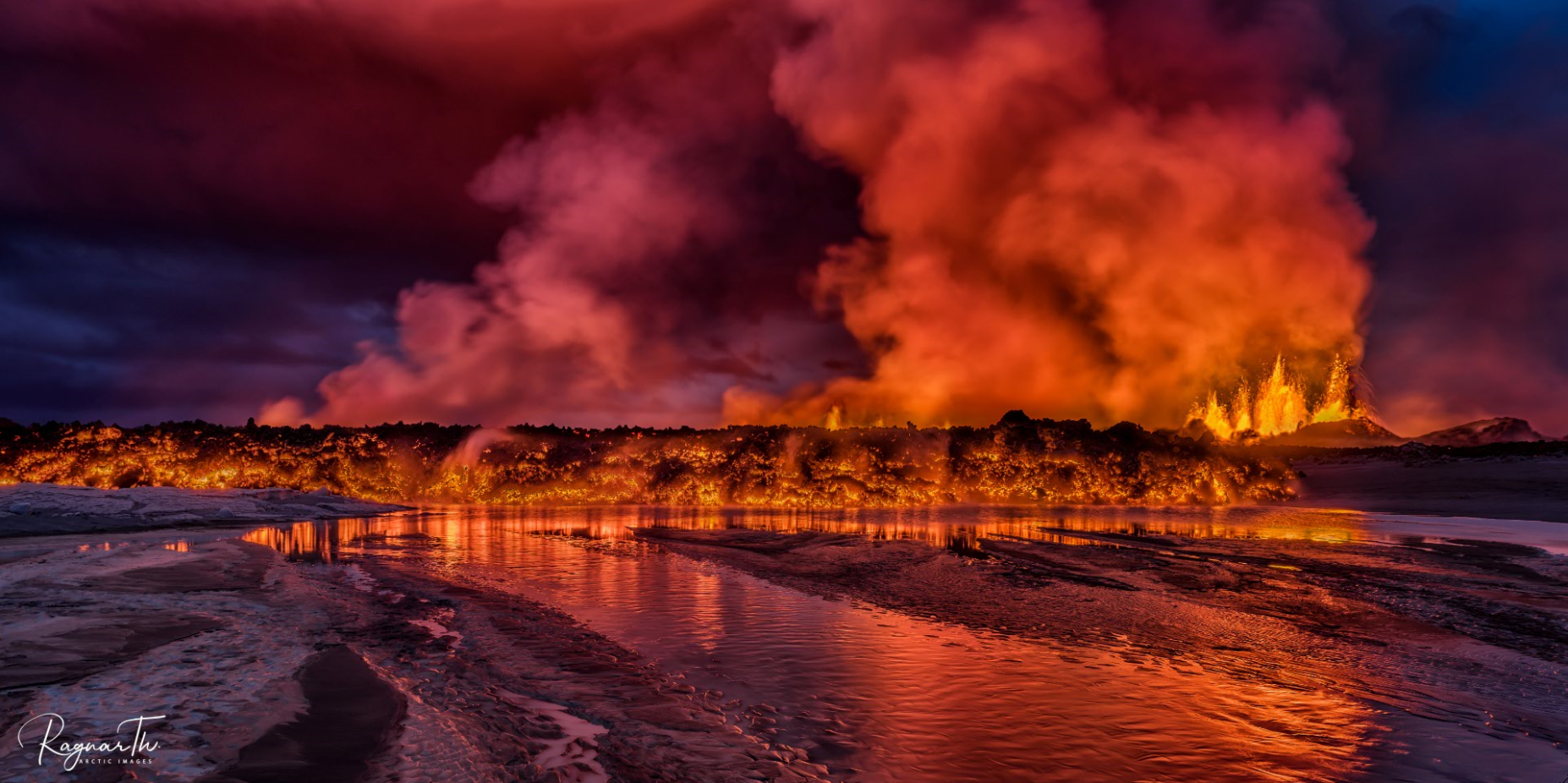Iceland has one of the densest concentrations of volcanoes on the planet. This relatively small mid-Atlantic nation has no less than 30 active volcanic systems. Here are some of the main ones, that are fun to recognize.
Tallest: Öræfajökull
At 2110 meters, this is Iceland’s tallest volcano. It is located in southeast Iceland and sits under the Vatnajökull glacier. You can see it if you drive the ring road between Höfn and Vík. It has had a couple of spectacular eruptions. The first was in 1362 when it ejected huge amounts of tephra and the latter in 1728. On both occasions, the eruption was followed by devastating floods. Though Öræfajökull showed signs of waking from its long slumber in 2018, so far, there has not been an eruption in the 21st century.
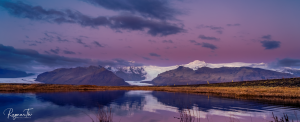
A close second: Bárðarbunga
This is a neighbor of Öræfajökull, also sitting beneath Vatnajökull glacier. Bárðarbunga is a stratovolcano only slightly shorter than Öræfajökull, 2009 meters at its highest point. The top, though, hides beneath hundreds of meters of ice. It is remote, and until quite recently, scientists did not know much about its importance. In 1477, however, the most explosive eruption in Icelandic history took place there. Bárðarbunga’s most recent eruption was in 2014. The new lava fields were quickly closed off since it was considered dangerous for human access.
Most feared: Katla
Many people assume Katla is the largest volcano in Iceland since it is one of the most destructive ones in the country’s recent history. But in fact, it reaches 1512 meters into the air, making it significantly smaller than the largest volcano. Over the last thousand years or so, Katla has erupted about twenty times. Generally, these eruptions have taken place about 20-90 years apart. The last significant one was a century ago, in 1918, which makes Katla overdue to blow off some steam. When she does, we can expect the impact to be huge.
- Did you know? Hekla and Katla are popular female names in Iceland. They are also the names of two well-known Icelandic volcanoes. Powerful names, don’t you think?
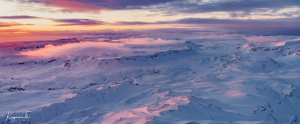
Most disruptive: Eyjafjallajökull
You might not be able to pronounce it, but people all around the world will remember this one and its notoriously disruptive eruption in 2010. It spewed so much ash into the atmosphere that more than a hundred thousand flights were canceled around the globe over the next week. Eyjafjallajökull is a stratovolcano, 1651 meters high, with a crater measuring 3-4 kilometers in diameter. Scientists suspect it may be connected to Katla, because every time the volcano has erupted, Katla follows suit. When Eyjafjallajökull made headlines in 2010, however, Katla was unusually silent. People now wonder how long she will hold her tongue.
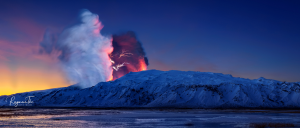
Most likely to erupt: Grímsvötn
Grímsvötn is located in southeast Iceland at the northwestern side of Vatnajökull. Its caldera has an elevation of 1725 meters, making it the sixth tallest in the country. This basaltic volcano has erupted more frequently than any other volcano in Iceland and most of these eruptions have been beneath the glacier. In the 2011 eruption, it sent ash and tephra high into the air. Just like the year before when Eyjafjallajökull erupted, flights were canceled around Europe. This time, though, the disruption was confined to Iceland, the UK, Greenland, Germany, Ireland, and Norway. Volcanologists studying Grímsvötn suggest that this volcano will stay active for several years to come.

Most likely described as hell: Hekla
In medieval times, people referred to Hekla as the “gateway to hell”. Legend has it that every Easter, witches gather beneath Hekla’s hooded cloak – the volcano is often covered in clouds, hence the expression. As for many of the others, Hekla has erupted frequently over the last thousand years, or about as often as Katla. Most recently she kicked off in 2000, for about ten days, and some say she is ready to do so again.
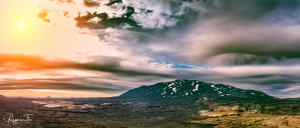
Volcanoes are deadly, yet utterly fascinating – nature at her most wild. The Forces of Nature exhibit at Perlan shows you just how volcanoes have shaped Iceland over the centuries and created the unique landscape that you see before you today.
Photographer: Ragnar Th. Sigurðsson

